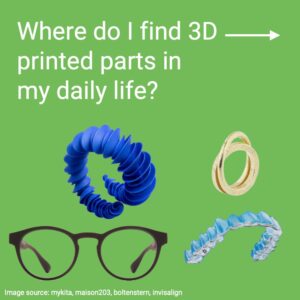
Where do I find 3D printed parts in my daily life?
All Blog Articles 3D Printing Applications Where Can You Find
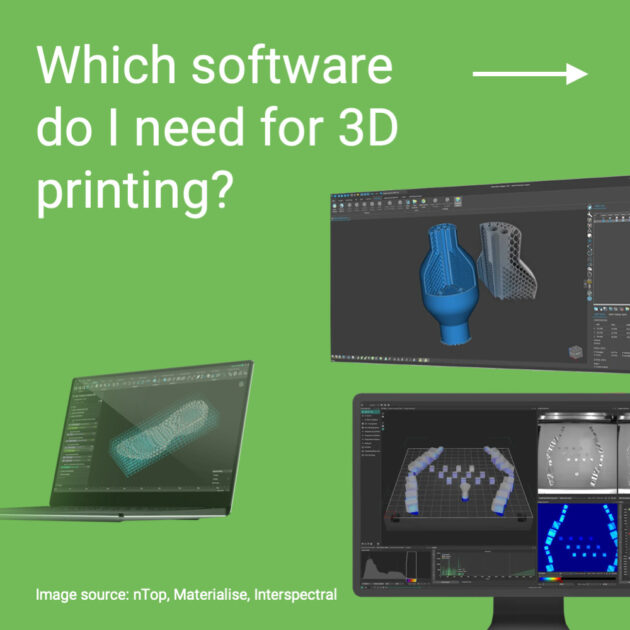
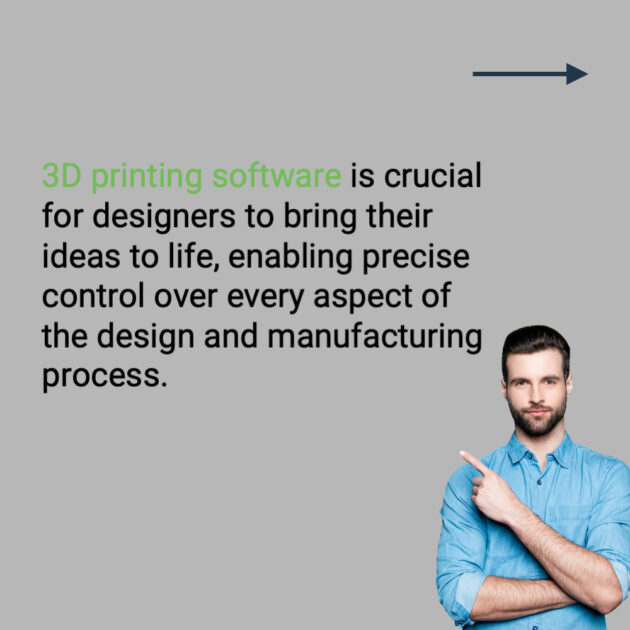
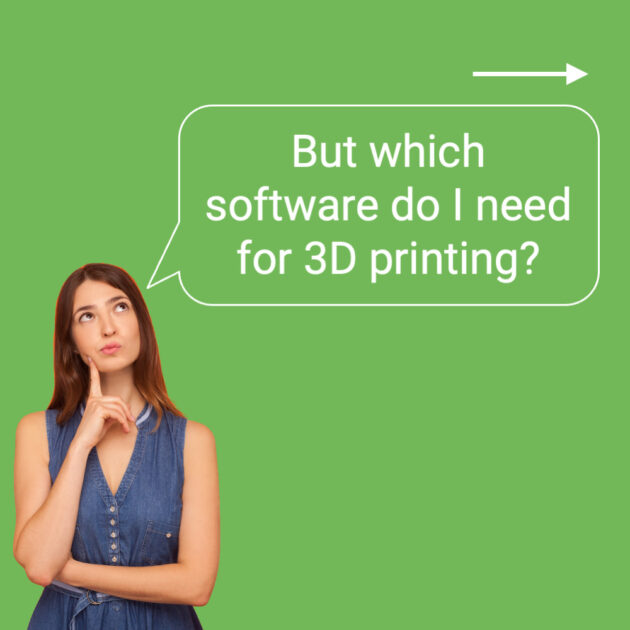
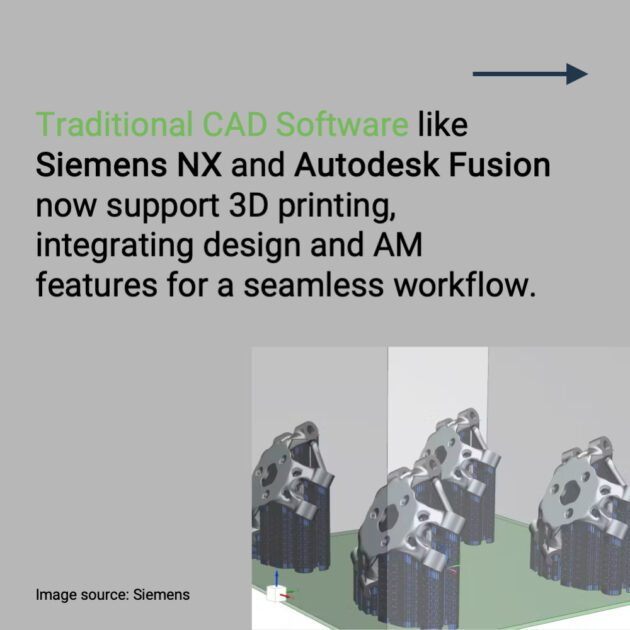
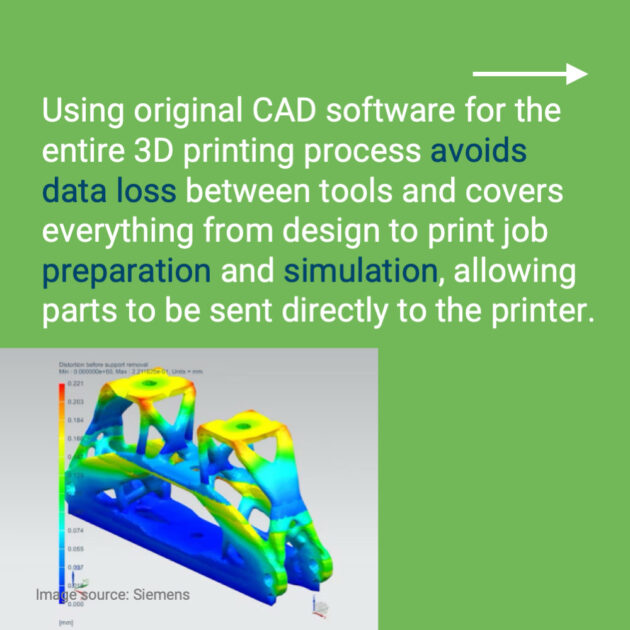
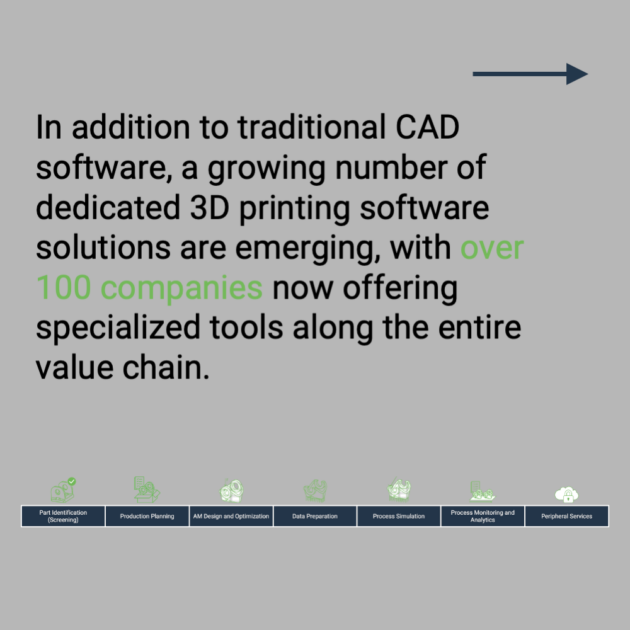
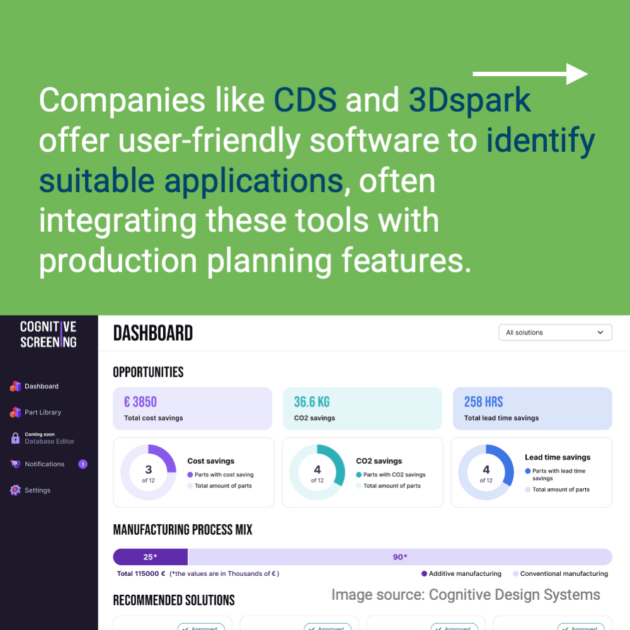
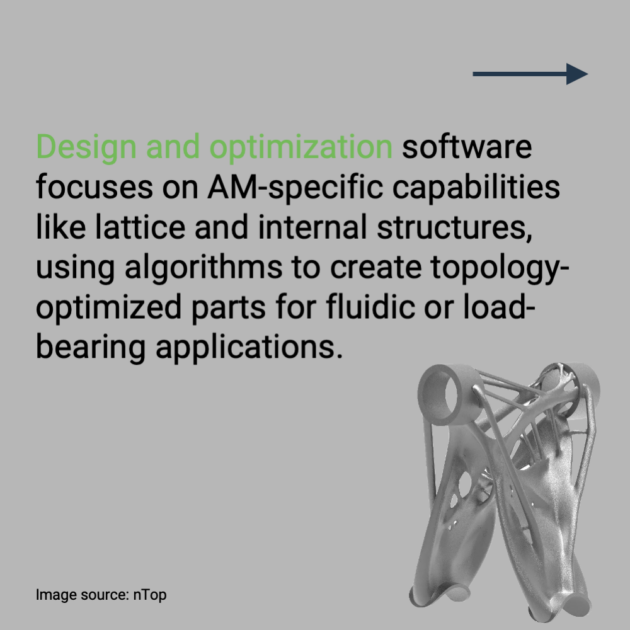

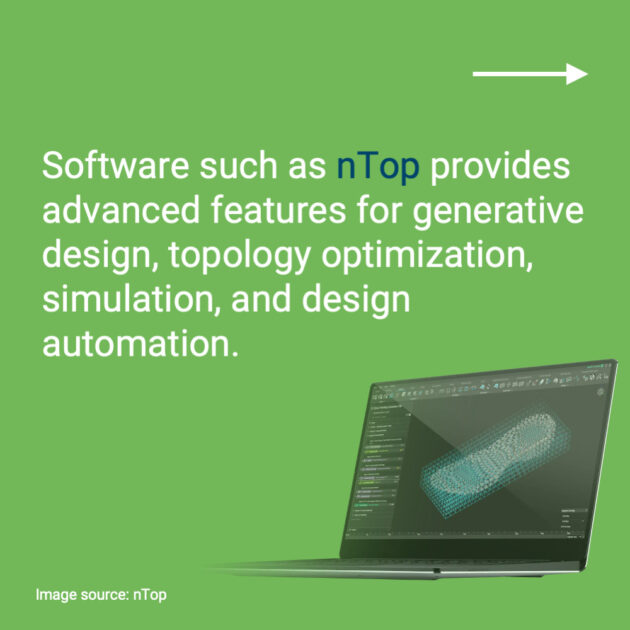
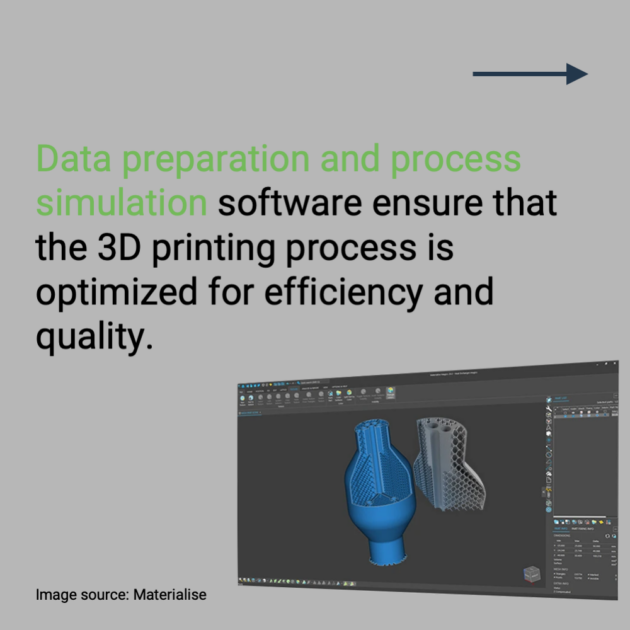
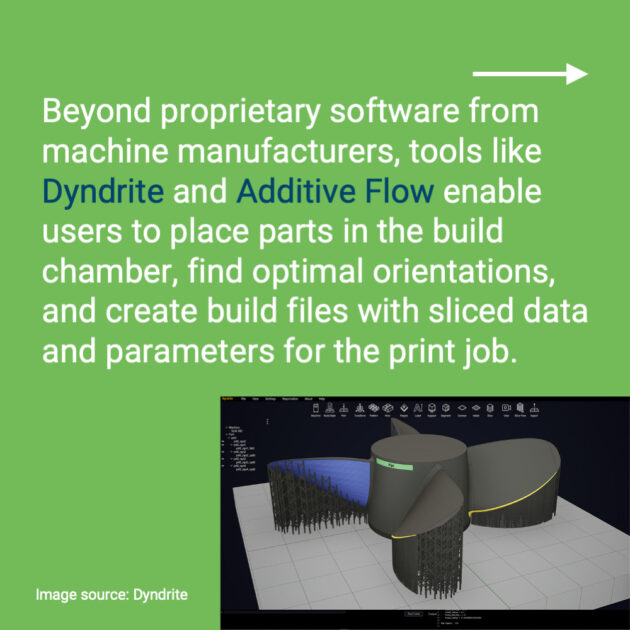
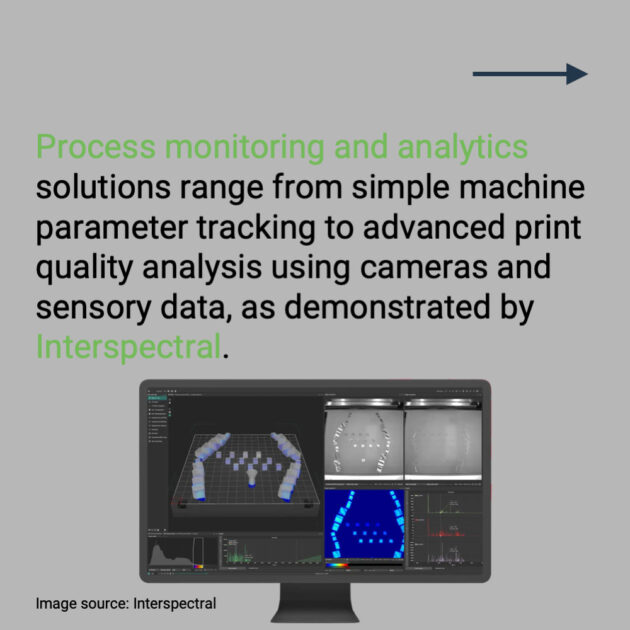
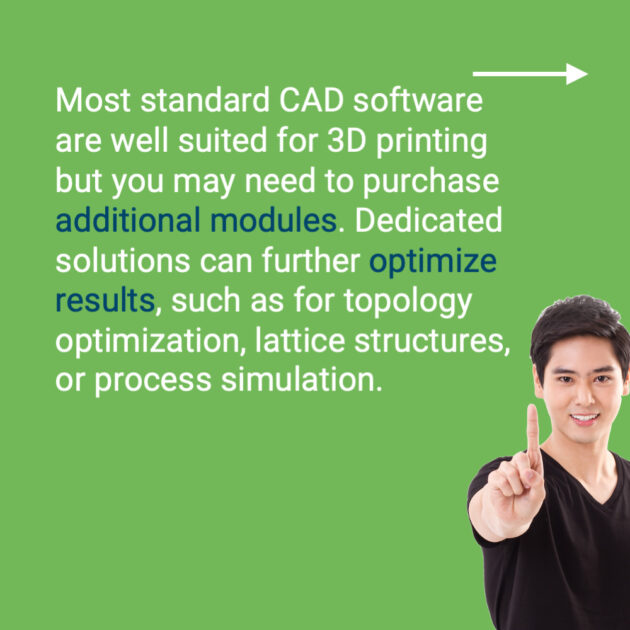
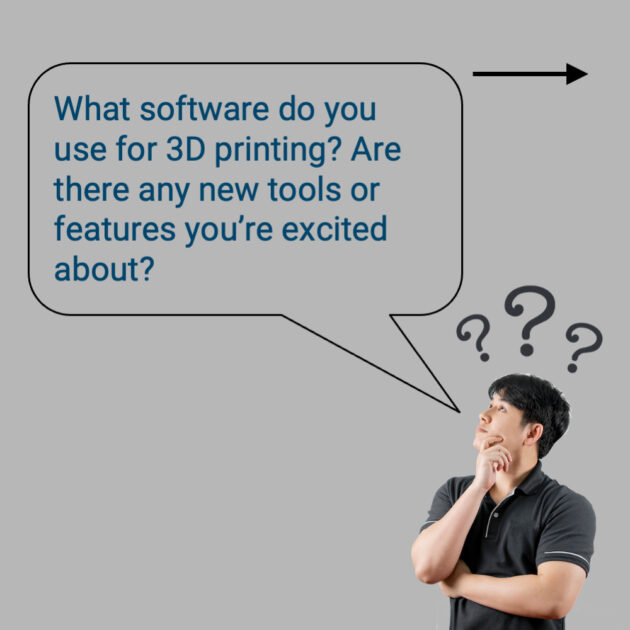

Navigating the world of 3D printing software can be overwhelming. Traditional CAD tools like Siemens NX and CATIA now come equipped with advanced 3D printing features, but there’s more to the picture! From design and optimization software like nTop to tools for Part Identification and Manufacturing Execution Systems (MES), the landscape is vast and ever expanding. Today there are over 100 companies offering 3D Printing software.
Choosing the right software is challenging, especially due to the overlap between different tools and the fact that interoperability isn’t always smooth. Initial integration can require significant effort and training.
Most standard CAD software is well suited for 3D printing but you may need to purchase additional modules. Dedicated solutions can further optimize results, such as for topology optimization, lattice structures, or process simulation.
This slideshow explores the essential software you need for successful 3D printing, highlighting how each tool contributes to the process.
Navigating the diverse landscape of 3D printing software presents a challenge for both newcomers and seasoned professionals alike. This ecosystem has evolved significantly, transitioning from traditional CAD tools like Siemens NX and Autodesk Fusion to a wide range of specialized software designed explicitly for 3D printing processes. These advancements cater to a wide range of industries, including aerospace, automotive, healthcare, and consumer goods, each with unique demands and opportunities in 3D printing technology.
Established CAD Software such as Siemens NX and Autodesk Fusion, have adapted their existing Software to incorporate advanced features tailored for 3D printing. These platforms now integrate capabilities such as topology optimization, lattice structures, and support generation, enabling engineers to design complex geometries optimized for strength, weight reduction, and material efficiency. This evolution is particularly beneficial in industries like aerospace and automotive, where lightweight components can significantly enhance performance metrics such as fuel efficiency and structural integrity.
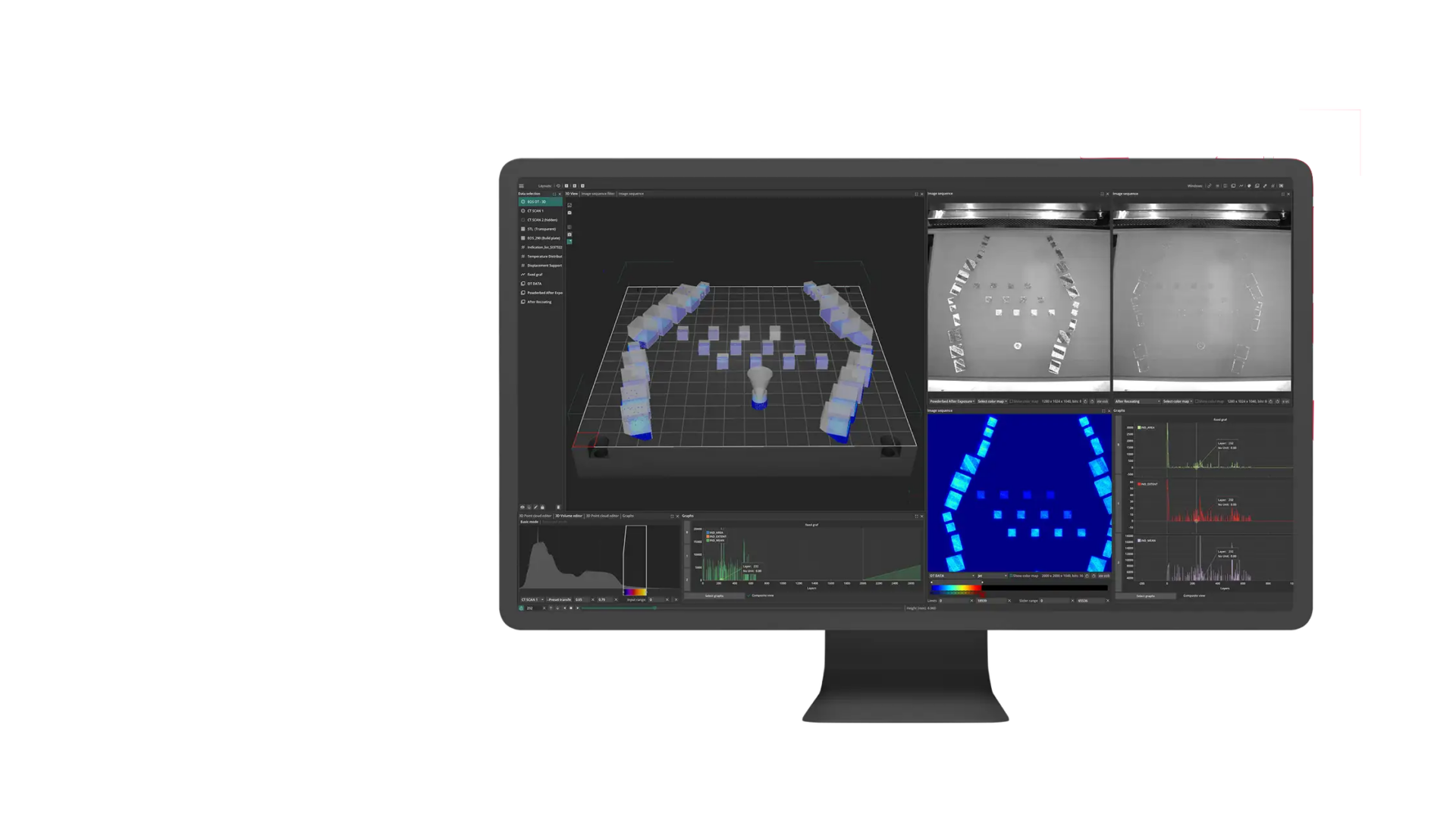
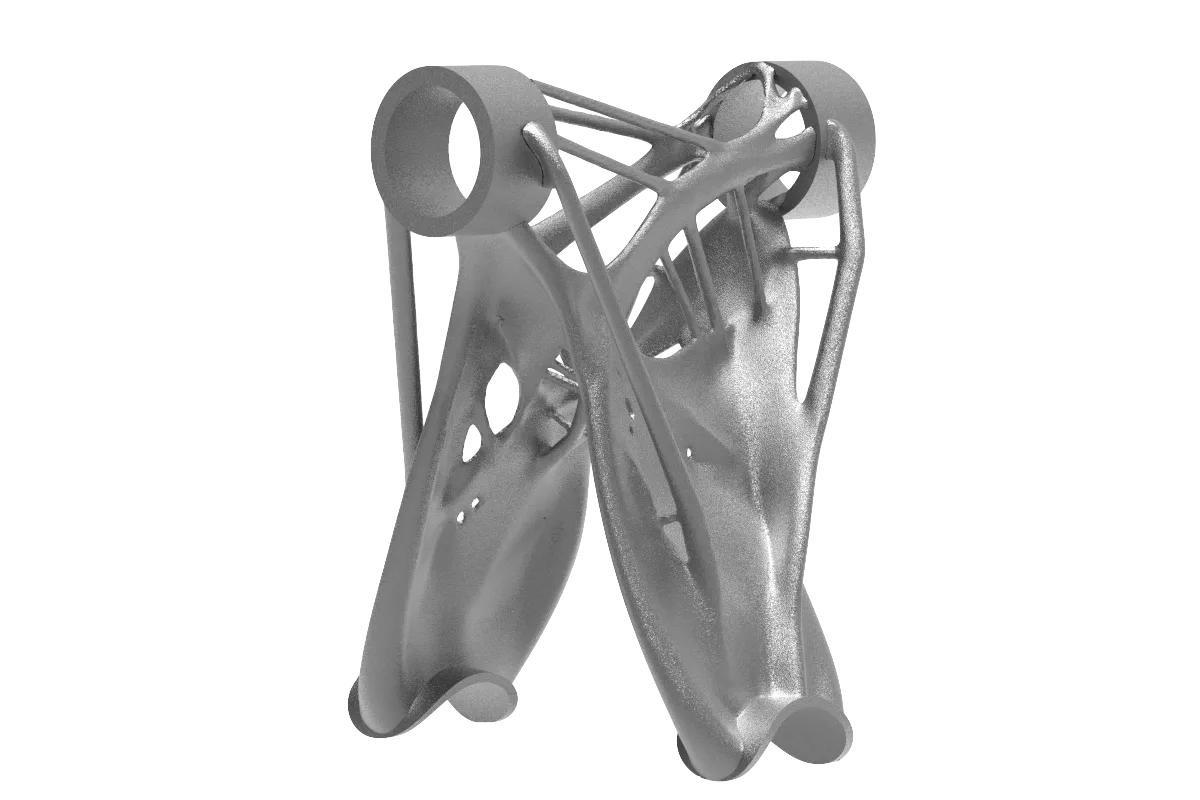
nTopology exemplifies a new wave of 3D printing software focused on generative design and optimization. Unlike traditional CAD tools that rely on predefined shapes, nTopology utilizes advanced algorithms to generate and refine intricate geometries based on functional requirements. This approach empowers engineers to explore design solutions that push the boundaries of what’s achievable with conventional manufacturing methods. By leveraging generative design, industries can achieve unparalleled levels of performance, customization, and innovation in product development.
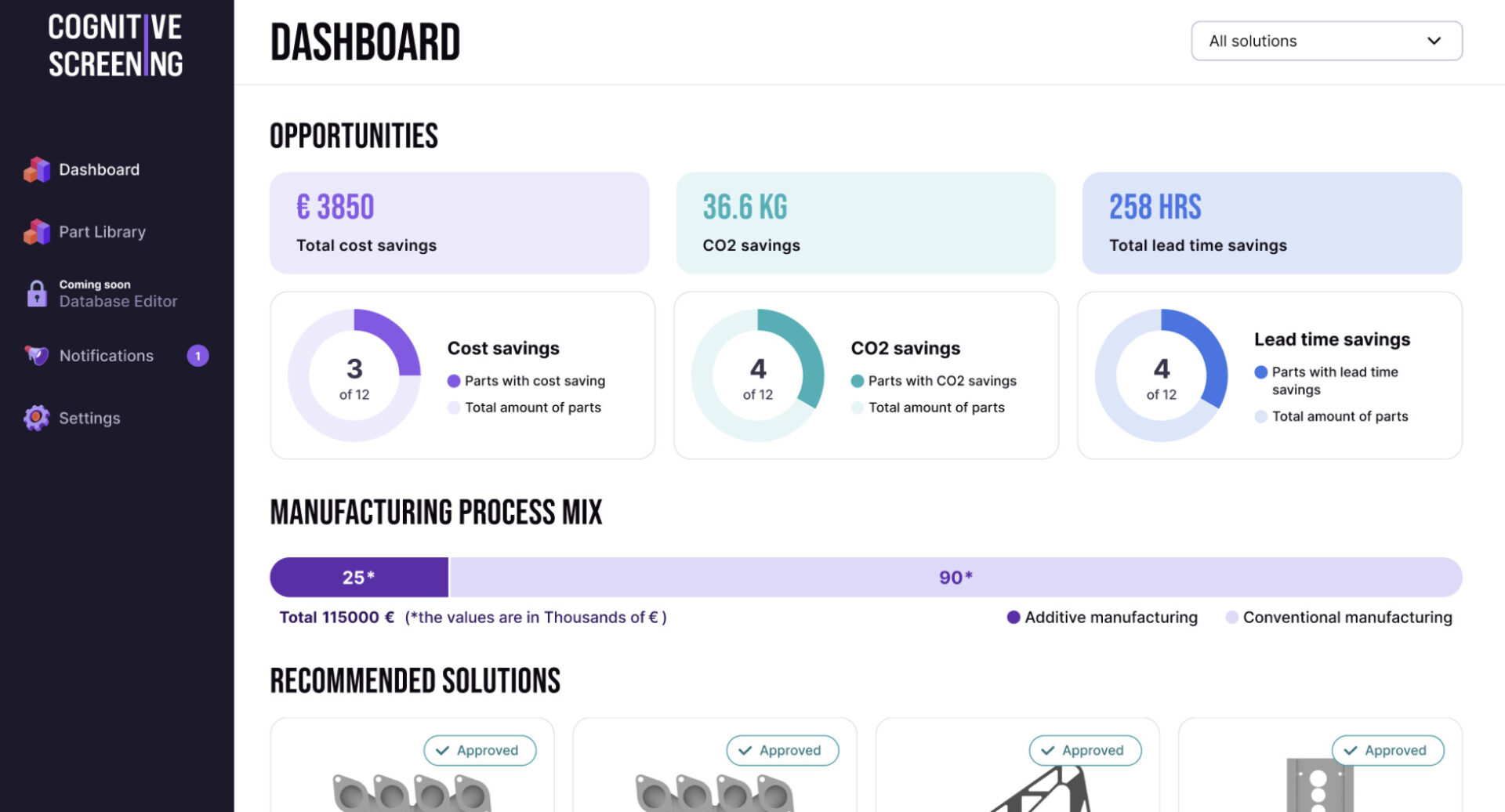
Part Identification software plays a crucial role in selecting components suitable for additive manufacturing based on geometry, material properties, and manufacturing constraints. These tools analyze design compatibility with available 3D printing technologies, minimizing errors and optimizing production workflows. Such capabilities are invaluable across all industries, especially when it comes to spare parts.
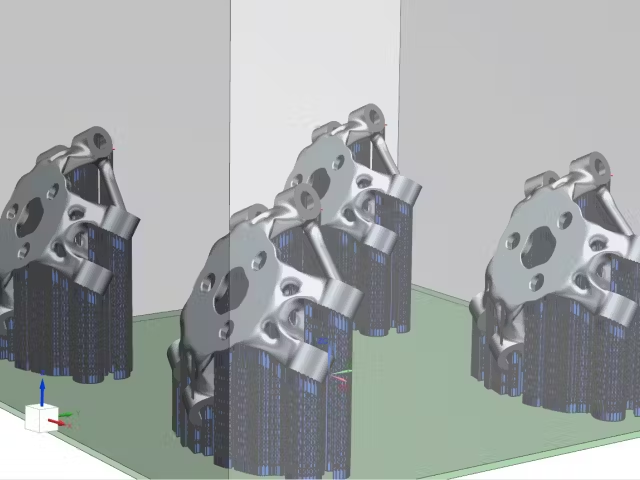
Manufacturing Execution Systems (MES) are pivotal in managing the additive manufacturing process comprehensively. By integrating production planning, scheduling, and real-time monitoring, MES software provides manufacturers with visibility into each print job’s status. This level of control ensures consistency, quality, and adherence to regulatory standards across batches of printed parts, critical in industries where precision and traceability are paramount.
Ensuring seamless data exchange between different software platforms—from design and simulation to printing and post-processing—is essential for maintaining efficiency and accuracy throughout the manufacturing process. Achieving interoperability often requires strategic planning and, at times, custom integration solutions tailored to an organization’s specific needs and existing infrastructure.
The initial integration of new software into existing workflows presents challenges, particularly in terms of training personnel and overcoming resistance to change within organizations. Effective training programs and management support are crucial in facilitating a smooth transition and maximizing the benefits of additive manufacturing technologies.
Future advancements in 3D printing software are poised to leverage artificial intelligence (AI) and machine learning to automate design optimization, predictive modeling, and real-time simulation. These technologies will enable faster iteration cycles, improved performance metrics, and enhanced customization capabilities in additive manufacturing.
In aerospace, advanced CAD tools and generative design software are revolutionizing the creation of lightweight components, enhancing efficiency and reducing environmental impact. Similarly, in healthcare, 3D printing software facilitates the production of personalized implants and prosthetics, improving patient outcomes and recovery times. MES software is streamlining production workflows in automotive manufacturing, optimizing resource utilization and ensuring compliance with stringent quality standards.
Navigating the landscape of 3D printing software requires a nuanced understanding of the capabilities, challenges, and strategic considerations involved. From traditional CAD platforms adapted for additive manufacturing to specialized tools like nTopology and MES systems, each software category plays a critical role in optimizing the additive manufacturing process across diverse industries.
By embracing advanced design, optimization, and production management tools, organizations can enhance productivity, reduce time-to-market, and foster innovation in their respective fields. However, achieving these benefits requires careful evaluation of factors such as interoperability, training needs, and long-term scalability.
As 3D printing software continues to evolve, driven by advancements in AI, machine learning, and real-time simulation, industry stakeholders can anticipate transformative improvements in design efficiency, material selection, and process control. By staying abreast of these innovations and investing in the right technologies, organizations can position themselves at the forefront of additive manufacturing, driving growth, efficiency, and competitive advantage in an increasingly dynamic global market.

All Blog Articles 3D Printing Applications Where Can You Find
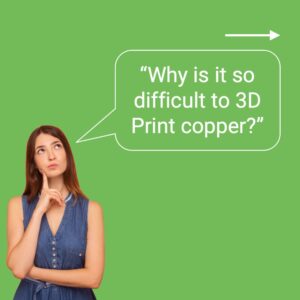
All Blog Articles Copper 3D Printing Why is it so
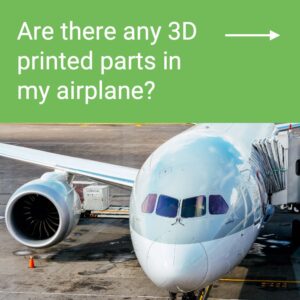
All Blog Articles Aerospace AM: Transforming the Future of Aviation
Would you like to further increase your 3D Printing knowledge?
You can try out the AM Fundamentals course of the AMPOWER Academy free of charge
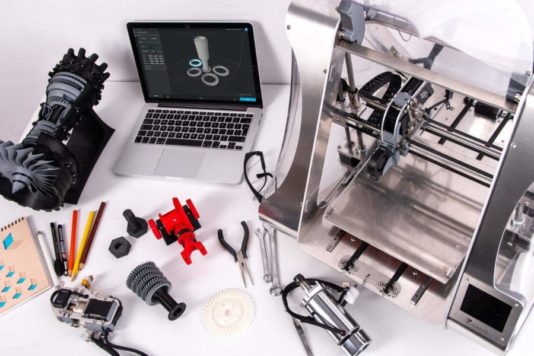
Understand the most important topics to get started with Additive Manufacturing
The sinter-based AM (SBAM) technologies have, as the name suggests, the sintering process in common. In this process, the printed green part is consolidated into a dense part and receives its final properties. The green part can be printed in advance using different technologies.They all have in common that metal powder is bound to the desired shape by a binder. The best-known printing technologies include Binder Jetting and Filament Material Extrusion.
In this section, you learn everything about the sinter-based AM process chain and get an overview of the different printing technologies.
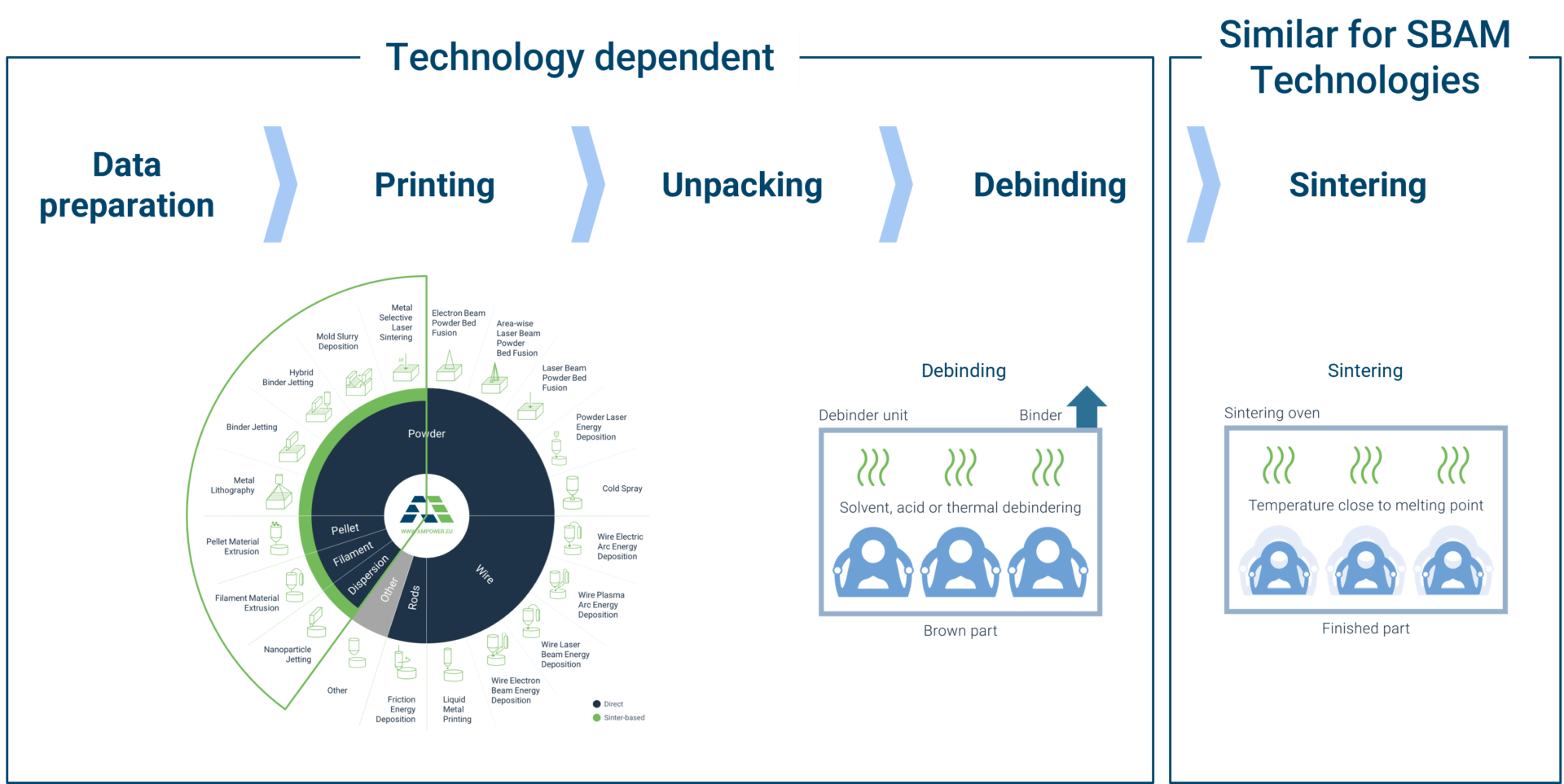
This course is aimed at engineers, designers and other professionals that are working closely with sinter-based AM technologies. The goal is to cover the most important aspects that will enable engineers and designers to fully grasp the capabilities and technical limitations of the printing technologies and the sintering process to succeed in technology selection and part design. Besides going through the course from the beginning until the end, this course can also act as a constant source of knowledge while working on AM projects.
The course is structured into the following sections.
This section will start with an overview of the sinter-based AM process chain and its printing technologies, followed by a technology deep dive into the most important aspects of the BJT technology, followed by a closer look at the debinding and sintering step also including sintering simulation .
The second section will provide an overview of the different materials that are available as well as part characteristics that can be achieved with the BJT process and typical methods for quality assurance. Finally, several common defects in the BJT process are presented.
The last section will act as a guideline for designers. Besides generally describing the process when designing for Additive Manufacturing, actionable restrictions and guidelines for the BJT process are provided. The final section will present several design examples from different industries.
Simulation to compensate the deformation during the sintering step, nesting of parts and definition of printing parameters
Through various printing processes, different feedstocks such as metal powders, filaments, pellets or dispersions are processed into green parts
Unpacking of fragile green parts needs to be done carefully and is typically a manual process.
Debinding describes the process of removing the binder which results in a brown part
To reach the structural integrity of a metal part, a sinter process is required. The powder particles fuse together to a coherent, solid structure via a mass transport that occurs at the atomic scale driven via diffusional forces.
The brown part shrinks ~13-21 % in each direction.
The process chain of sinter-based technologies differs from other AM Technologies. Especially the post-printing processes (debinding and sintering) are crucial to achieve the intended mechanical properties.
Binder Jetting is a powder based Additive Manufacturing technology in which a liquid polymer binder is selectively deposited onto the powder bed binding the metal particles and forming a green body.
The metal powder is applied to a build platform in a typical layer thickness of 40 µm to 100 µm. Subsequently a modified 2D print head apply a binder selectively onto the powder bed. Depending on machine technology a hardening or curing process of the binder is performed in parallel for each layer and/or at the end of the whole build. During the in-situ curing process a heat source is used to solidify the binder and form a solid polymer – metal powder composite.
Afterwards the build platform moves downward by the amount of one layer thickness and a new layer of powder is applied. Again, the liquid binder is deposited and hardened in the required regions of the next layer to form the green body. This process is repeated until the complete part is printed. After the complete printing process is finished the parts have to be removed from the “powder cake” meaning the surrounding loose but densified powder. To improve the removal of the excess powder from the green body often brushes or a blasting gun with air pressure are used.
To create a dense metal part the 3D printed green body has to be post-processed in a debinding and sintering process. Similar to the metal injection molding process BJT parts are placed in a high temperature furnace, where the binder is burnt out and the remaining metal particles are sintered together. The sintering results in densification of the 3D printed green body to a metal part with high densities of 97 % to 99,5%, dependent of the material.
In classic Binder Jetting systems such as the ones distributed by EXONE or DIGITAL METAL the liquid binding agent is selectively deposited with a single print head. Meaning the width of the print head does not cover the full width of the powder bed. Therefore, the print head moves multiple times in xy-direction over the powder bed to completely cover the printing area and distributing the polymer binder.
The SINGLE PASS JETTING technology was developed by DESKTOP METAL and HEWLETT PACKARD. The width of the printing head covers the full width of the powder bed. When the printhead passes over the powder bed, binder is released from more than 30,000 small nozzles and the whole powder layer is selectively immersed in binder in one pass. The process is bi-directional which means that the binder deposition takes place in both moving directions of the printhead. With these modifications the printing speed is significantly increased.
A similarly fast technology is the METAL JET process by HEWLETT PACKARD. In a single pass, a liquid printing agent is applied to the powder layer and subsequently partially evaporated to form the binding polymer around the metal powder. After the completion of the print an additional curing to achieve the full green body stability is needed.
3DEO combines the Binder Jetting process with a subsequent machining process. Different from conventional Binder Jetting processes, the binder is not only deposited selectively but onto the entire powder layer. After hardening of the complete layer, the part geometry is shaped through a milling process every couple of layers by cutting the part contour out of the binder powder composite.
Binder Jetting is a powder based Additive Manufacturing technology in which a liquid polymer binder is selectively deposited onto the powder bed binding the metal particles and forming a green body.
The metal powder is applied to a build platform in a typical layer thickness of 40 µm to 100 µm. Subsequently a modified 2D print head apply a binder selectively onto the powder bed. Depending on machine technology a hardening or curing process of the binder is performed in parallel for each layer and/or at the end of the whole build. During the in-situ curing process a heat source is used to solidify the binder and form a solid polymer – metal powder composite.
Binder Jetting is a powder based Additive Manufacturing technology in which a liquid polymer binder is selectively deposited onto the powder bed binding the metal particles and forming a green body.
The metal powder is applied to a build platform in a typical layer thickness of 40 µm to 100 µm. Subsequently a modified 2D print head apply a binder selectively onto the powder bed. Depending on machine technology a hardening or curing process of the binder is performed in parallel for each layer and/or at the end of the whole build. During the in-situ curing process a heat source is used to solidify the binder and form a solid polymer – metal powder composite.
Binder Jetting is a powder based Additive Manufacturing technology in which a liquid polymer binder is selectively deposited onto the powder bed binding the metal particles and forming a green body.
The metal powder is applied to a build platform in a typical layer thickness of 40 µm to 100 µm. Subsequently a modified 2D print head apply a binder selectively onto the powder bed. Depending on machine technology a hardening or curing process of the binder is performed in parallel for each layer and/or at the end of the whole build. During the in-situ curing process a heat source is used to solidify the binder and form a solid polymer – metal powder composite.
Binder Jetting is a powder based Additive Manufacturing technology in which a liquid polymer binder is selectively deposited onto the powder bed binding the metal particles and forming a green body.
The metal powder is applied to a build platform in a typical layer thickness of 40 µm to 100 µm. Subsequently a modified 2D print head apply a binder selectively onto the powder bed. Depending on machine technology a hardening or curing process of the binder is performed in parallel for each layer and/or at the end of the whole build. During the in-situ curing process a heat source is used to solidify the binder and form a solid polymer – metal powder composite.